Augmented reality (AR) technology is a unique tool empowering restaurants, delivery services, and other vendors in the food service industry. AR is applied in a variety of cases, from streamlining staff training, through visualizing dishes and menus, to enhancing the customer experience. A recent 2021 market research report from ResearchandMarkets supports the notion that AR has the ability to transform numerous industries, including the food service industry. As recently further noted in Forbes:
"[AR]…will drive sales, customer loyalty and innovation among restaurateurs and vendors at a time when the industry is feeling the impact of COVID-19."
Visualize Menu Items
The food service industry can leverage AR by offering consumers a menu that comes to life when scanned with their smartphones. Restaurants can use AR to present of their dishes, promote their menu, and upsell items by offering true-to-scale 3D visual representations of their food.
Bareburger, the successful east-coast burger chain, has introduced AR menus that allow customers to view menu items like burgers and onion rings by using Snapchat's AR technology. Hyper-realistic dishes and menu items can be viewed prior to their order whether it is done online or at the restaurant itself.
© TMRW The Mixed Reality Workshop. Click HERE to view or scan the QR above
Domino's Pizza, the multinational pizza restaurant chain, also allows customers to create and customize their pizza prior to delivery right in front of their eyes by using the company's Pizza Chef AR feature on the Domino's app.
A number of startups offer this great AR visualization tool. Menu AR, a startup based in Russia, offers the ability to also see a dish on your table in 3D, allowing you to visualize the texture of different dishes, their ingredients and size. Another NY-based startup, Kabaq, also enables users to see virtual 3D food on their table while at the restaurant or when ordering food online. A group of students from the University of Georgia also created ChopChop, an AR delivery app, using echoAR (and you can too!).
© abadllah saad. Click HERE to view or scan the QR above
Showcase Food Origin
NexTech AR is allowing buyers to learn about how their seafood gets from the sea to their plates by offering an A R tour of the boat showing how fisherman are getting shoppers fresh-caught lobster. As noted by NexTech AR's CEO, "[Using AR]… viewers can capture the full process, from the marina to the restaurant. This first-hand look gives them a better understanding of the food and the people behind it, helping to create connections that many of us would otherwise miss and build the stories that sell their food to customers."
Rémy Martin Cognac and the whisky brand Macallan have also introduced AR experiences meant to allow customers the learn all about the making process of their respective drinks, from the barrel to the glass.
© Pepe Trincado. Click HERE to view or scan the QR above
Staff Training
By layering information on top of an employee's view, AR can be used for employee training in restaurants. A 2017 research identified an AR tool to guide the process of serving of food in a way that helps estimate accurate and consistent serving sizes. Both the Google Glass and Microsoft HoloLens have become hot commodities for businesses looking to improve their staff training as well as streamline repair and maintenance processes for industrial equipment which is prevalent in food service industry.
Enhance Product Packaging
AR technology is also used by food and drink brands to supplement their packaging by providing additional virtual information on top of physical labels. 19 Crimes has used AR to enhance their wine bottles and provide more information on the pictures of 18th century British prisoners highlighted on their bottle labels. everyGAL Wine has also created a similar AR experience for its wine bottles by using echoAR. Coca Cola also launched an AR experience for the Christmas version of its bottles.
© URIEL MENDEZ GOMEZ. Click HERE to view or scan the QR above
Improve Consumer Experience
By using AR and the ability to add additional information and visuals to their products, restaurants and food and beverage companies are able to innovate and stand out, all while providing an improved experience to their costumers and consumers. Back in 2019, before COVID restrictions were a thing, Bud Light partnered with the Washington Capitals to provide fans with AR games using Bud Light coasters in local bars near the Capital One Arena. AR can also provide consumers with nutritional facts about their food and help them make informed decisions about their diet.
© TOÀN DŨNG MEDIA. Click HERE to view or scan the QR above
The presence of AR in our daily lives is becoming more and more common, from Snapchat face filters to AR menus and delivery apps. More and more brands are adopting AR solutions in more and more industries and its seems that the food service industry is doing the same. The potential of AR has already been providing and we can't wait to see how it will be used next in the food industry.
echoAR (http://www.echoAR.xyz; Techstars '19) is a cloud platform for augmented reality (AR) and virtual reality (VR) that provides tools and server-side infrastructure to help developers & companies quickly build and deploy AR/VR apps and experiences


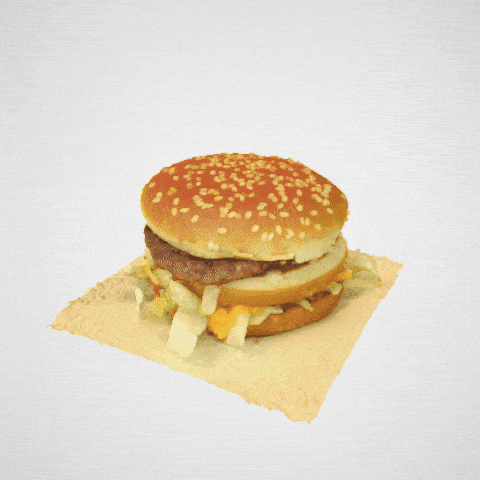
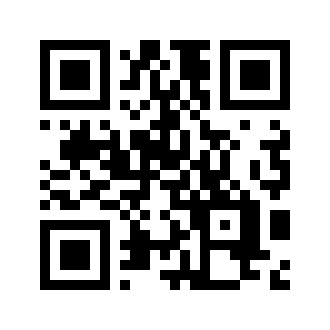
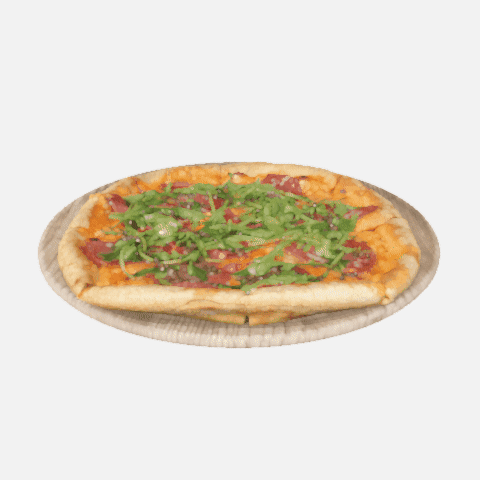
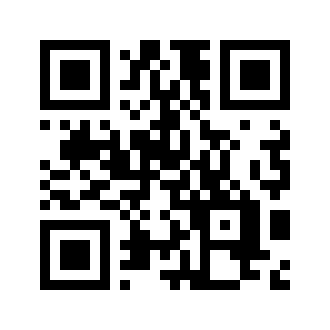
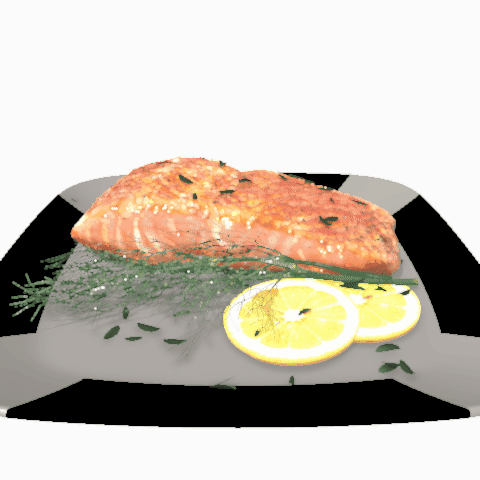
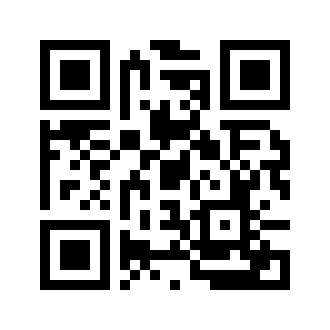
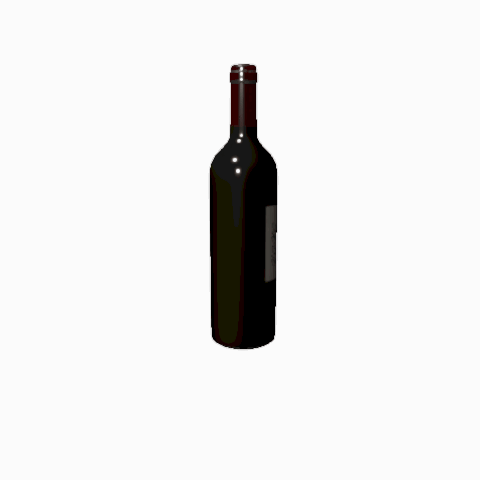
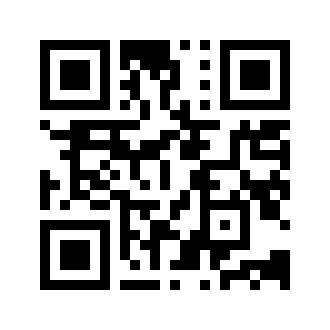

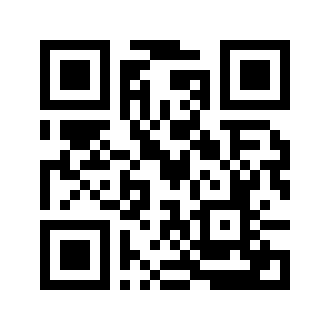






Top comments (0)